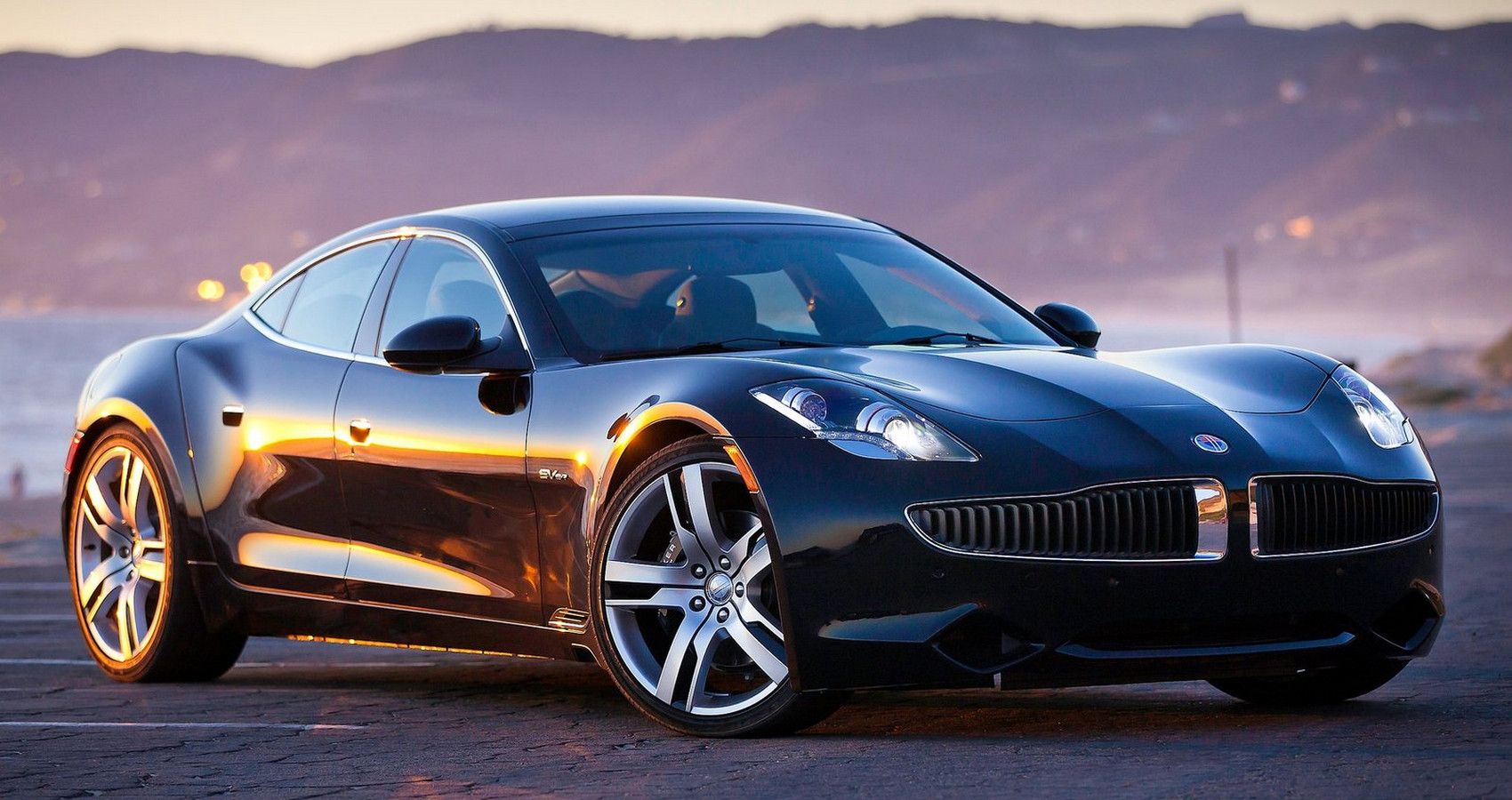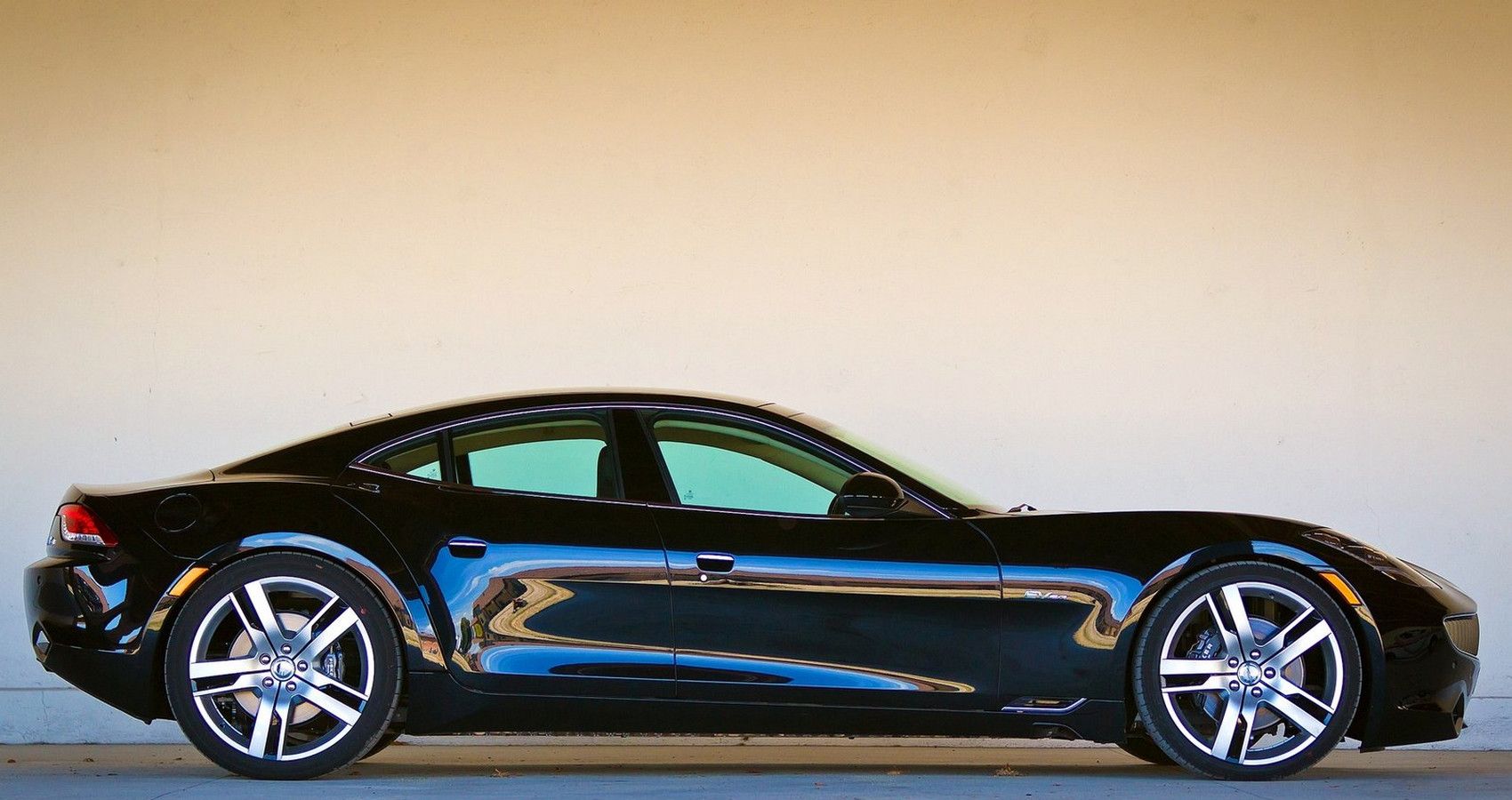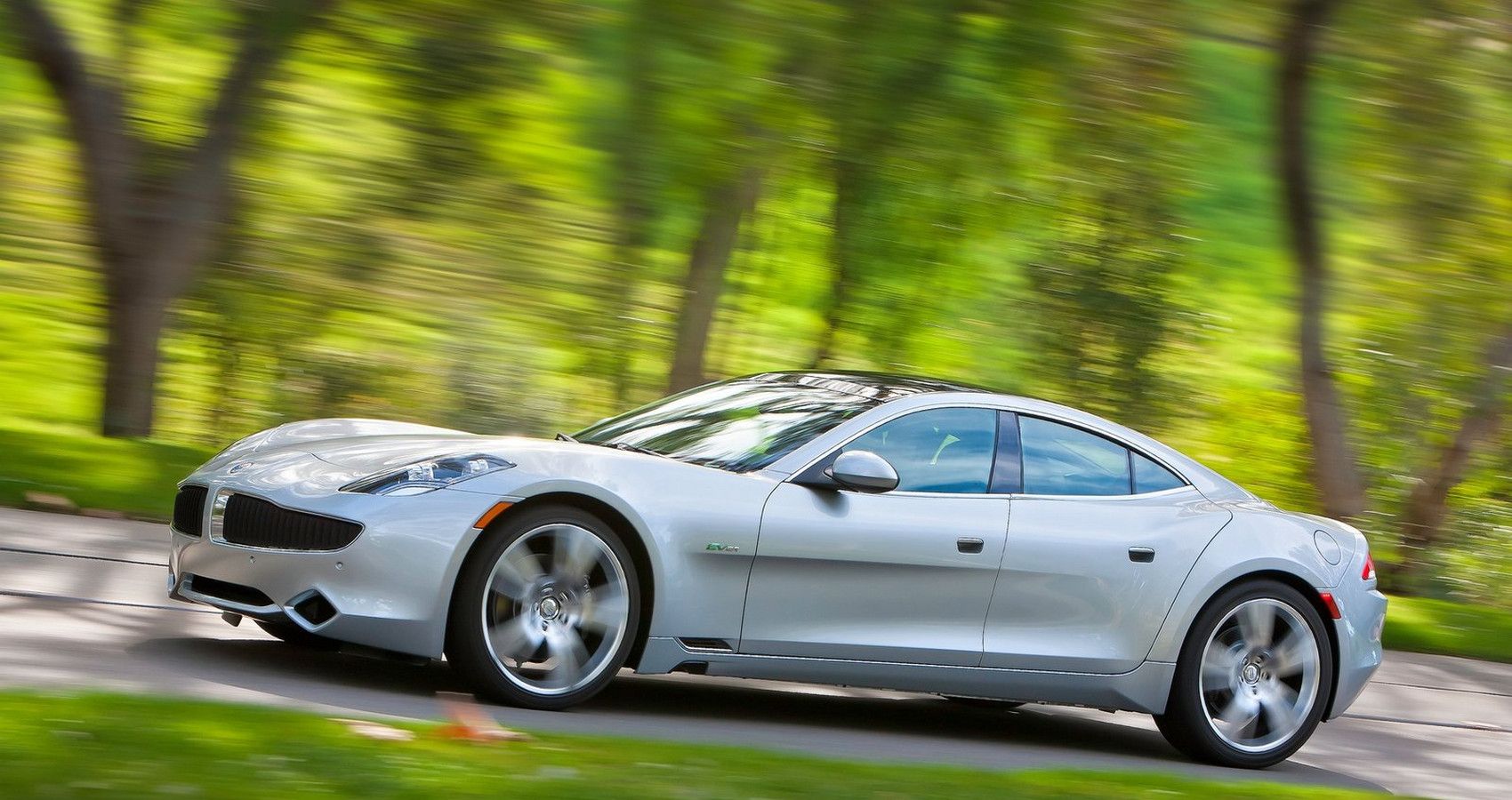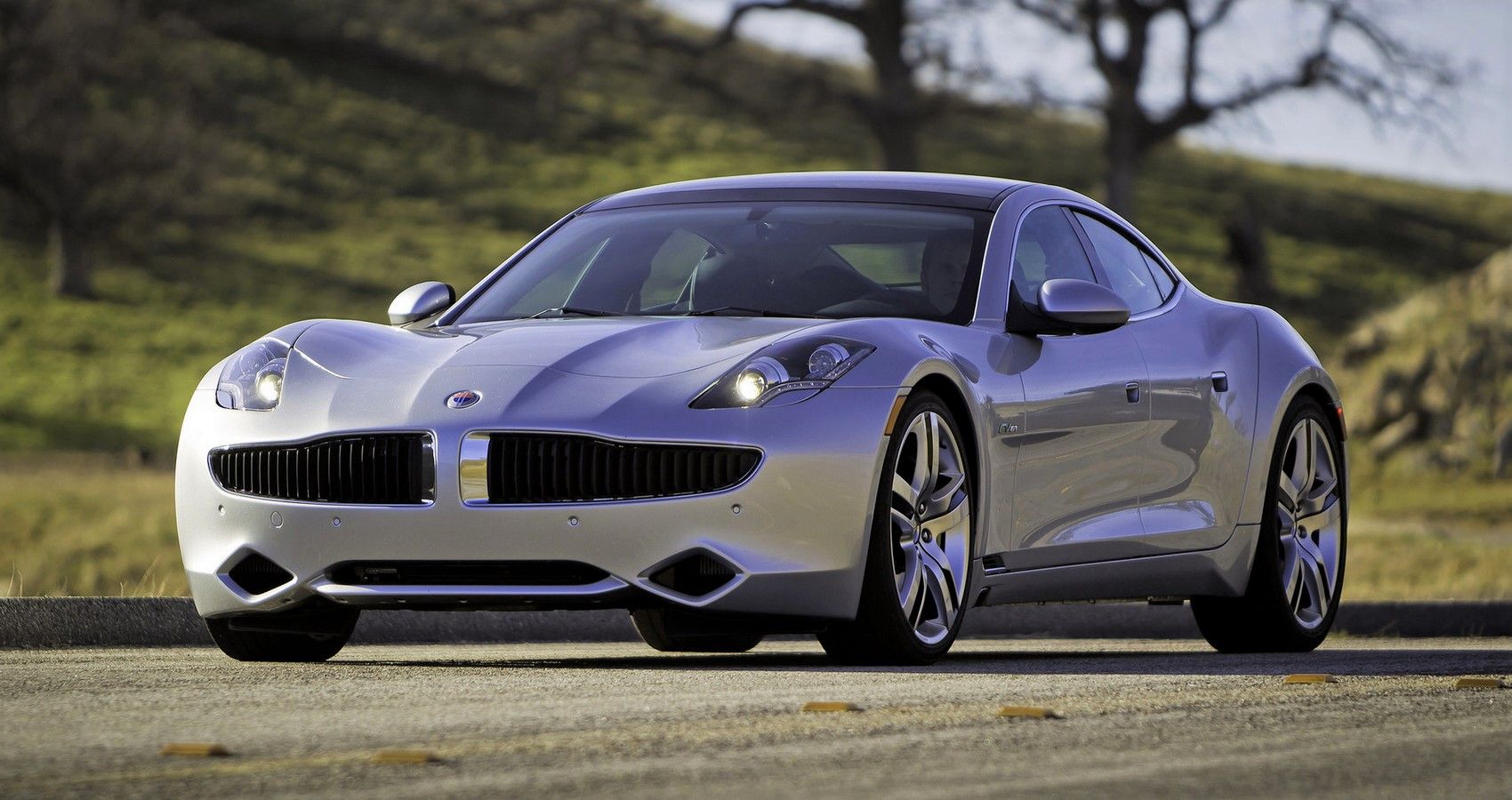Come 2023, Fisker Inc. will try its luck one more time with the all-new, all-electric Fisker Ocean sport utility vehicle. Ordinarily, we’d say that the omen looks pretty good for the Ocean judging by what we’ve seen so far, including that fantastic full-length SolarSky roof. Unfortunately, regardless of the impressive specs and exterior and interior sculpting, we can only wait and see what the omen really portends for the automaker.
Forgive our caution. Fisker has done this before – built an extraordinary (and even groundbreaking) EV that made us very positive that the 1st-gen Tesla Roadster was in for some serious competition. The automotive industry felt the same way when Fisker Karma launched in 2008.
Henrik Fisker did some design consultancy for the Tesla Model S right before founding Fisker Automotive and after he left Aston Martin. We might as well go all the way; Fisker helped design the phenomenal Aston Martin V8 Vantage, BMW Z8, Aston Martin DB9, and the Tesla Model S – all the more reason Fisker Karma should succeed. Sadly, not only did the electric sports car flop, the automaker sunk with it. Let’s see what happened.
Fisker Karma Was Full Of Promise
Design and production errors inadvertently spelled the Karma automobile and automobile manufacturing company's doom. Karma looked as spectacular in person as it did on the pages of magazines, except the acceleration was the exact opposite of spectacular. You could never look at the Fisker Karma and imagine it would take all of six seconds to make 60 mph. It left owners with a sour taste after paying the princely starting price of $87,900.
It could travel fifty miles aside from the 2.0-liter GM Ecotec engine that also charged the battery. Cosmetically, it was the bomb. The LED-saturated headlights and taillamps were the stuff of bedroom posters. Designed by Henrik Fisker himself, the production version of the Fisker Karma plug-in hybrid looked just as breathtaking as the prototype.
Autonews wrote that the car elicited European design thanks to the long and wide wheelbase. We believed in what we saw, just like Fisker believed in its Karma, and the Obama-led government believed in Fisker. The faith was so strong that Fisker Automotive acquired GM’s former production facility in Delaware for $175 million in October 2009.
The Delaware facility, according to Fisker Automotive, could churn out 100,000 vehicles annually. With 1,500 standing preorders, the Karma would enter production the following year and begin delivery the next. The omen looked good.
Top Gear praised the spectacular design and hybrid technology but sooner had the Karma begin delivery than the automaker issued a recall for the first 239 Karmas built from July through November 3, 2011, due to a risk of battery fire caused by coolant leakage. The worm had just turned.
The Mixture Of Problems That Ultimately Killed Fisker Karma
The first recall involved 239 cars, but thank goodness, fewer than fifty were on the streets. The rest were still in dealerships. In fact, the automaker discovered its own flaws and took the proactive measure of recalling the vehicles. Fisker Automotive’s report filed with the National Highway Traffic Safety Administration (NHTSA) read;
“If coolant enters the battery compartment an electrical short could possibly occur, causing a thermal event within the battery, including a possible fire in the [worst] case.”
The reason was that some hose clamps got poorly positioned, risking a coolant leak. Furthermore, Consumer Reports posted numerous software-related owner-reported issues. This was after the awful incident where the Karma unit obtained by Consumer Reports for analysis promptly died right after they bought the car. The incident certainly rang Karma's death toll. Further compounding the situation was the barrage of bad reviews at other review sites like Cars.com.
The US Department of Energy offered Fisker Automotive a grant of $529 million (separate from the initial $525 million of private investor funding), banking on the start-up’s ingenuity and the prospect of turning out some 115,000 vehicles in 2015 and creating thousands of jobs while at it. If the Tesla Model S and Nissan Leaf could do it, why not the ingenious Fisker Karma – or so the government thought?
Fisker Karma Had Government’s Financial Backing And Still Failed
There's a saying that any fool with a fast hand can take a tiger by the balls, but it takes a man to keep squeezing. This saying applies to pushing the envelope of automotive technology; you've got to keep squeezing. It's just that while you're busy wrestling with the tiger, your comrades use the opportunity to scale the jungle. That's the problem with being 'the man;’ others learn from, improve on, and leapfrog your mistakes.
Perhaps, the U.S. government understood this dynamic well enough to support “the man” and other such emerging industries as Fisker Automotive with the financial backing they need to keep squeezing the tiger’s balls. Unfortunately, not even the seemingly bottomless pit of federal government dollars could save Fisker Karma from drowning.
There’s also the real chance that Fisker would’ve fared better without government dollars and the temptation of corruption that comes with it. The last nail in the coffin was the death of Fisker’s battery supplier, A123 Systems.
Although government subsidies helped Tesla become the resounding success it is today, the company wouldn’t have fared much better than Fisker without the Tesla automobiles’ reputation for high quality and innovation. No doubt, Henrik Fisker hoped to replicate or even surpass Tesla's success with the introduction of Fisker Karma in January 2008.
The car rolled out to a public ovation, immediately winning notable fans like actor Leonardo DiCaprio and politician and environmentalist Al Gore. It also had immediate notable enemies like Tesla, who sued Fisker for stealing its designs and trade secrets. Tesla lost the case while Fisker went on to receive the earlier stated $528.7 million loan under the ATVM Loan Program.
Part of that money went to the purchase of the Delaware plant where then VP Joe Biden spoke confidently about Fisker’s future, saying, “Imagine when this factory, when the floor we’re standing on right now is making 100,000 plug-in hybrid sedans, coupes, and crossovers every single year.”
But the Karmas ended up assembled in Finland and not in the Delaware facility, essentially creating jobs for foreigners with American tax dollars. Henrik told ABC News, "There was no contract manufacturer in the United States that could actually produce our vehicle. We’re not in the business of failing; we’re in the business of winning. So we make the right decision for our business.”
That “right decision” didn’t seem to prevent the battery-related recall or the scathing Consumer Reports review. "We buy about 80 cars a year, and this is the first time in memory that it is undrivable before it has finished our check-in process,” wrote CR.
Sources: Consumer Report, energy.gov, Reuters, The Petroleum-Powered Electric Car by Dan K. Eberhart,




